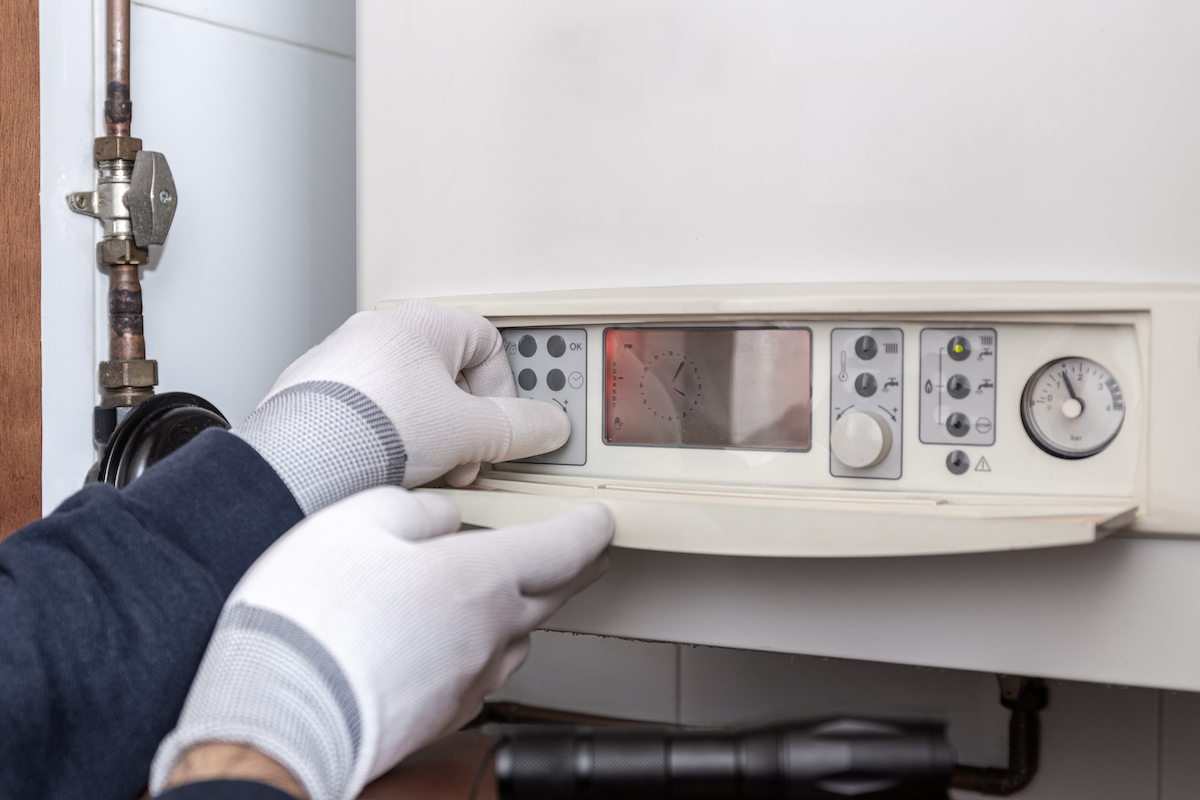Here are some of the key responsibilities and tasks of a boilermaker in NYS:
- Boiler Construction: Boilermakers are involved in the construction of boilers, pressure vessels, and tanks. This includes cutting, shaping, and welding metal plates and sections to create these structures.
- Boiler Maintenance and Repair: Boilermakers inspect, maintain, and repair existing boilers and pressure vessels to ensure they operate safely and efficiently. This work may involve replacing worn-out components, conducting non-destructive testing, and addressing any structural issues.
- Welding and Metalwork: Welding is a fundamental skill for boilermakers, as they need to join metal parts and components using various welding techniques. They may also use metalworking tools to cut, shape, and form metal as needed.
- Blueprint Reading: Boilermakers must be able to interpret technical drawings, blueprints, and schematics to understand the specifications and dimensions of the structures they are working on.
- Installation: Boilermakers install boilers and pressure vessels in their intended locations, connecting them to the necessary piping systems, valves, and controls.
- Safety Compliance: Safety is a top priority in the boilermaker profession. Boilermakers are trained to follow safety protocols, handle hazardous materials, and ensure that their work meets industry standards and regulations.
- Rigging: Boilermakers may need to rig heavy components and equipment for lifting and positioning, often using cranes and hoisting equipment.

